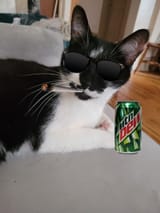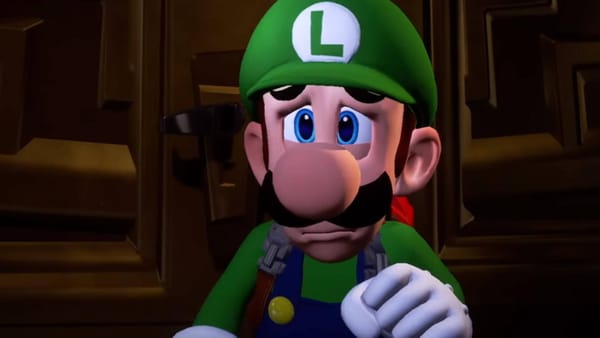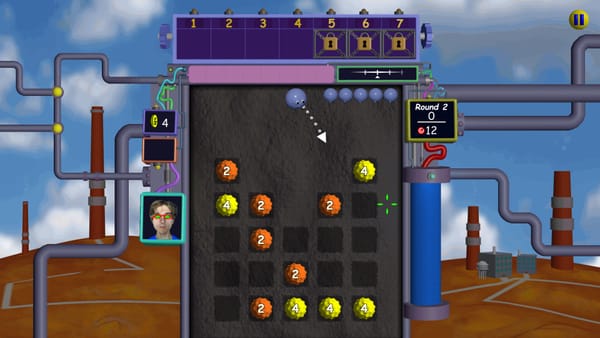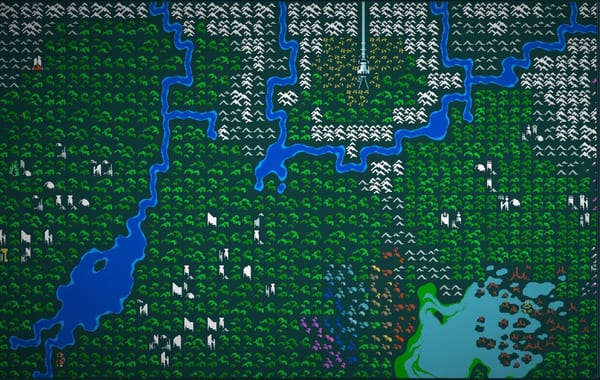Draw a Picture of a Bird
...or how I learned to stop caring a draw a picture of a bird.

April 7th was my birthday. It's my birthday month: I can cry if I want to, I can do what I want and I'll damn well write about what I want.
Today is Draw a Picture of a Bird Day, according to my holiest of calendars. I cannot draw or paint to save my life, but I drew a picture of a bird anyway to commemorate this special occasion. I'll preamble with some images of videogame avians to soften the blow of my catastrophic art piece, along with some short blurbs and scalding hot takes about the games they appear in.
These are arguments that, rather than make a long meaningful post about each one, I would rather burst-fire into words, so that they may finally escape my mind cavity.
Bloodborne is my favorite FromSoftware game. It oozes with bloody style thanks in no small part to its darkened, Gothic/Lovecraftian atmosphere. The lore is expansive and mysterious, calling back to some primal fear of the unknown, of what we don't and cannot possibly understand. Above all, the gameplay is full of rewarding mechanics, such as the super satisfying parry, where a single bullet stuns an enemy and your character's hand rips into the monster's chest, like a skilled surgeon extracting the sickness of Yharnam from the beast's innards.
Dark Souls gets all the credit for how it revolutionized gaming, but Bloodborne's influence is often understated. Its mechanics encouraged an aggressive play style that influenced the design of future FromSoftware games.
The rally mechanic incentivizes attacking after receiving damage as a method of recovering health, leading to a faster, more frenetic flow of gameplay. Replaying Dark Souls after Fromsoftware's latest iterations feels sluggish by comparison, because all post-Bloodborne Souls games sped up the current of combat. It is in this increase of speed that Bloodborne's influence can be found.
Sekiro, Dark Souls 3, Elden Ring – these games would be very different if FromSoftware hadn't moved away from the slower, engendered passivity of Dark Souls' shield-n-parry style of combat. Bloodborne was as much of a breakthrough and a successful experiment as Dark Souls, and to this day is the only reason I've kept my dusty PS4 around. Oh: and I'm still holding hope for a PC port if you need further proof of how delusional I am.
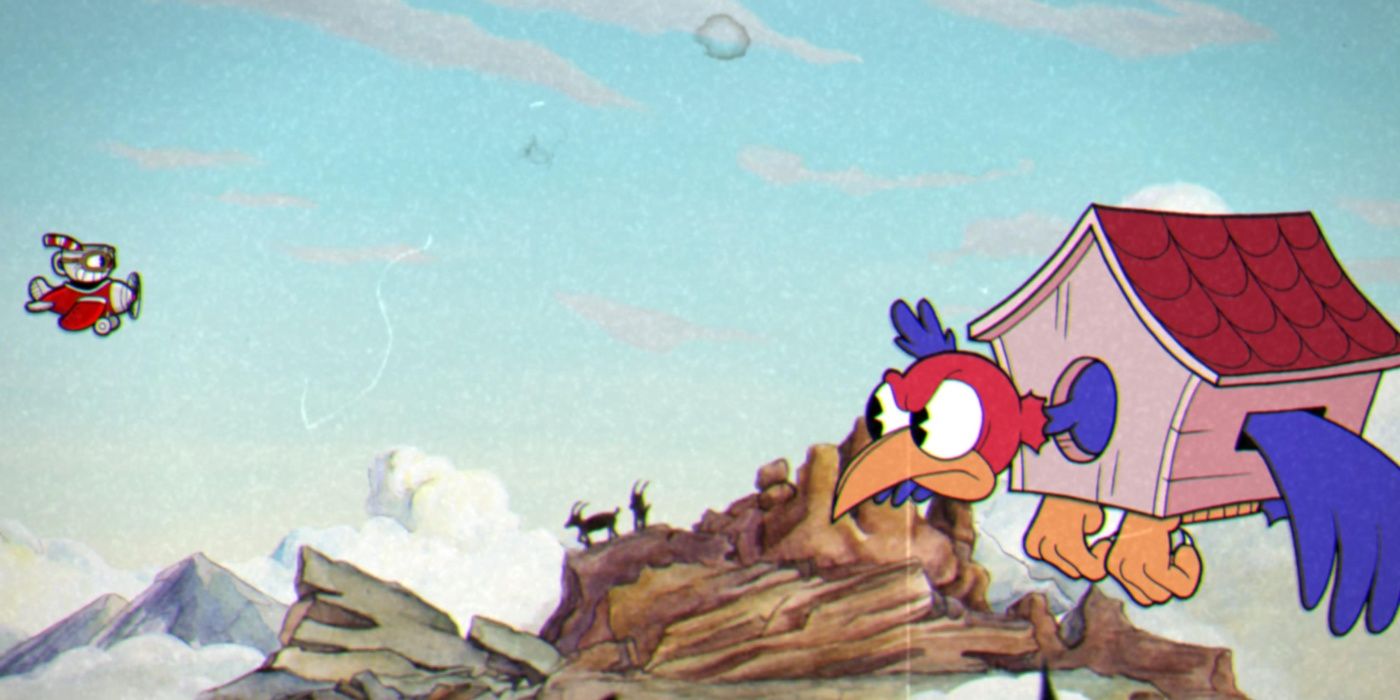
There are two lessons we can learn from Cuphead:
*Thoughtful, detailed and intricate art styles can elevate any game
*Good art is often imitated but rarely replicated.
Cuphead is not shy about wearing its inspiration openly, clearly donning early 1900s Disney animations. It's a great game despite that: its controls are tight, each boss encounter offers memorable set-pieces and defeating them cultivates the same dopamine field I frolic in after overcoming a grueling challenge. It's a game infused with so much charm and creativity.
Cuphead excels not just at imitating this nostalgic art style, but at replicating it flawlessly. It's not original, per se, but the Devil is in the details. With its use of a grainy film filter, stunning animations and splendid use of color, it managed to use its cartoony art style to create something truly magical and unique.
It succeeds where games like Enchanted Portals fail, because it's not enough to just imitate a good art style: you gotta put some love and soul into it. Cuphead feels authentic to the period of animation it borrows from, whereas Enchanted Portals looks and plays like a shoddy imitation: an imitation of an imitation...a deformed mirror-image of Cuphead. The animation lacks the fluidity and detailed sensibilities Studio MDHR so thoughtfully placed in their game. I played Enchanted Portals just so I could talk about it here – the fastest Steam refund I've ever completed! And while I did not waste my money, I lost over an hour of my life that could've been better spent having another go with my mug-headed friends.

If I could erase my memory of a single game, so I could experience it fresh-faced for the first time again, I would pick Dark Souls. I know I just stated Bloodborne was my favorite FromSoft game, so, please: hear me out and allow me to be vulnerable.
Dark Souls helped me when I was going through a tough time. During a tedious period of unemployment, when I was so broke I could barely afford food, isolated from friends and struggling with mental health issues, I decided to boot up a game I bought during college but hadn't played yet. It ended up saving my life in a profound way.
I'm not the first to write about Dark Souls as an analogy for depression and I certainly won't be the last. Instead of focusing on the hollowing curse as a metaphor for mental illness, I will instead divert to the most important lesson I learned from Dark Souls: perseverance for the sake of perseverance. It helped me realize I'd much rather keep struggling than simply give up and die, not out of the hope that things will get better, but out of a bitter need to keep going.
Lore-heads like myself will understand when I say the world of Dark Souls is shrouded in tragedy. Its denizens, unable to die, revert to madness and violence in their immortality, losing themselves in the process. Heroes and legends are unable to save the world, so the bottom of the barrel is scraped to find a noteworthy savior. Yet, there is no real solution to this crisis. The apocalypse has not only arrived: it is implied to be cyclical and inevitable.
The endings can vary from game to game, but the choice mostly lies in perpetuating the Age of Fire, which serves more as a band-aid than a definite solution, or creating a new Age, potentially just as catastrophic. If Fire be thy choice: the cycle will continue, and the world will be plunged into apocalypse yet again, sometime in the far future. The other endings involve ending the cycle: usually by plunging the world into eternal darkness and rising as the Dark Lord. Humanity, in the Souls-verse, is a powerful, corrupting force. We either snuff it, sacrifice it to link the Fire, or use it to darken the world and take power.
There are no good endings, and yet we must persevere. It's what humanity is known for, both IRL and in the Dark Souls universe. To quote another article of mine (and risking being labeled as conceited): "Our real, non-zombie world, is, too, mired in tragedy [...] And (yet) we persist[...]" Dark Souls is not just about the joy or pleasure of overcoming challenges, but foments in players a certain stubbornness when confronted with difficulty and hardship. It's about persevering for the sake of perseverance; perseverance as its own reward.
Dark Souls taught me to live, because if the choice is between life and death, I would choose life every time, no matter how brutal, violent and hopeless it all is. If death is akin to the Hollow curse, in the sense we lose ourselves, and you have the chance to take life into your hands, don't choose the fatal option. Laurentius of the Great Swamp says it best: "Don't you dare go Hollow." So please, dear reader: don't you dare go hollow. The bonfire would be lonelier without you.
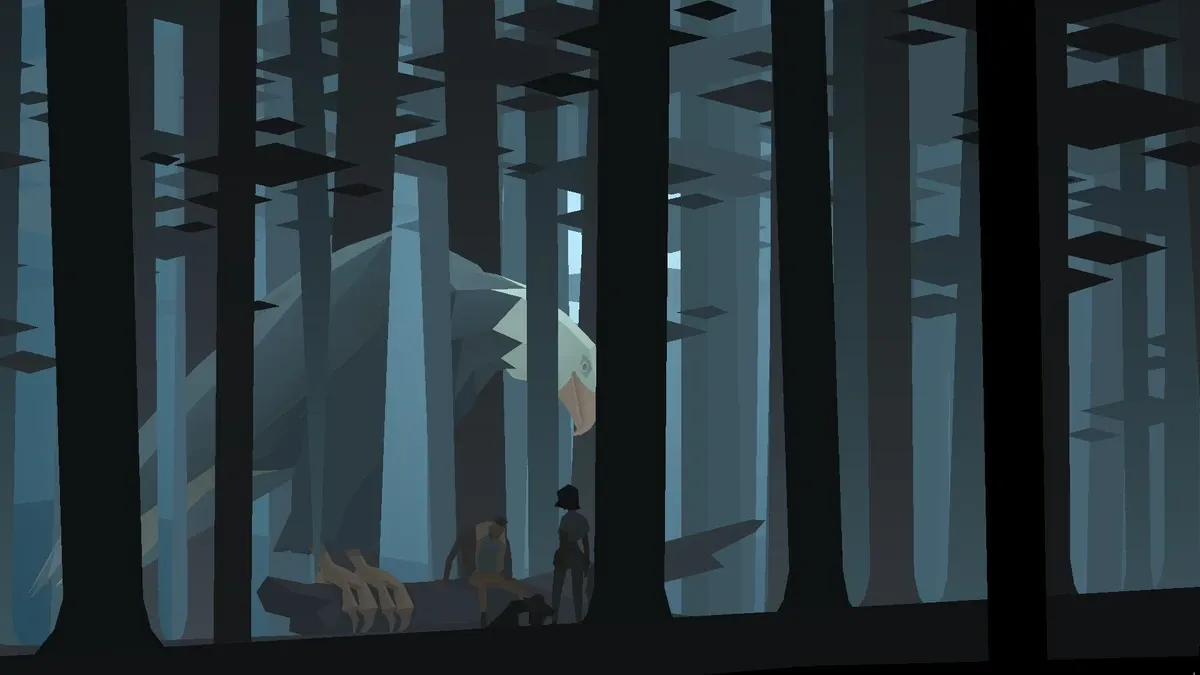
Dhalgren by Samuel Delaney, Gravity's Rainbow by Thomas Pynchon, Kentucky Route Zero by Cardboard Computer. As a narrative piece, Kentucky Route Zero truly stands toe to toe with the works of the literary greats. Few games weave words with such sensibility, poignantly describing the adventures and inner thoughts of its characters.
Kentucky Route Zero brought magical realism to rural America, reading like a Julio Cortázar book turned interactive media. It weaves a tale regarding an old delivery man's final job, where he has to trek through a mysterious, almost mystical and dream-like, underground highway to reach his destination, encountering all manner of weirdos on the way.
Videogames have an advantage over literature – the interactive element feeds immersion and fuels our emotional reaction. We're not just reading what a person is struggling with or relating to their arc: we are in full control of their actions, attuned to their desires and goals.
Kentucky Route Zero plays with this idea of interactivity, to mold a truly tragic tale about how powerless we are to the ebbs and flows of the economy, the ruthless amorality of politics and the decaying infrastructure of rural spaces. In Kentucky Route Zero, one can hear the echoes of abandoned towns and sense the glowing aura of its skeletal residents. It's a game that can be added to my long-standing list of "Games That Have Made Me Cry". And any game that can make me cry is a masterpiece in my book.
Kentucky Route Zero is not just a great work of literature, but a stellar interactive experience. I dare anyone who sneers at videogames, who sees them as "less-than" when compared to any other form of art out there, to play Kentucky Route Zero. Then have them try to utter the words "Videogames aren't art" without swallowing their own tongue trying to cover up a lie.
Ok...without further ado, I present A Portrait of a Blue-Footed Booby by Artemis Octavio.
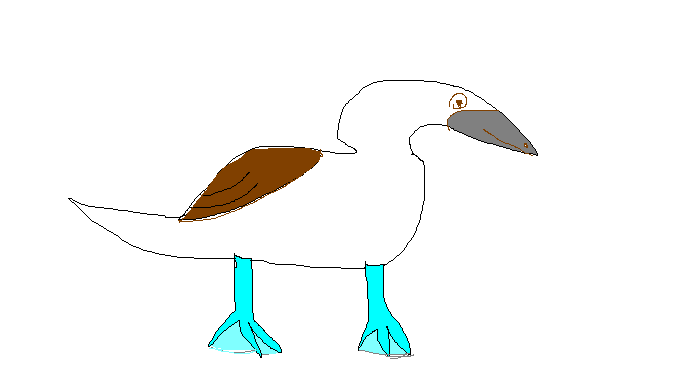
This was a sillier, more disorganized article than usual, but we will be back to our usual shenanigans later this month.
THE DESSERT CART

My friend Pao Yumol has done the impossible. She made me read about Final Fantasy, a series I've never once had any keen interest in (and deep down maybe even despise). There is nothing to despise about her work, however. Her way of weaving words made me hold back multiple tears at work.
This is a very vulnerable essay for her. In her own words, "part criticism, part personal essay, and part auto-fan fiction about gender, hentai and final fantasy VII: rebirth". Pao and I share the same affliction – we both have to inject estrogen straight into our system to feed some perverse girl brain in our noggins. I, too, feel like a doomed, damaged girl. I might not share her affection for Aeris/Aerith, but I empathize with her gender journey regardless.
I am dropping two links below; one for the wonderful essay I've been alluding to, flowers yet bloom in this rotted church, and the other for her new personal blog, also hosted by Ghost, as we also share the same aversion to Neo-Nazis, which precipitated both of our escapes from Substack. I hope to see it filled with wonderful prose about life, gender, music and videogames. Pao is a huge inspiration to me. She's the reason I truly "learned to stop caring" and decided to write about videogames. Please read and support her work.



